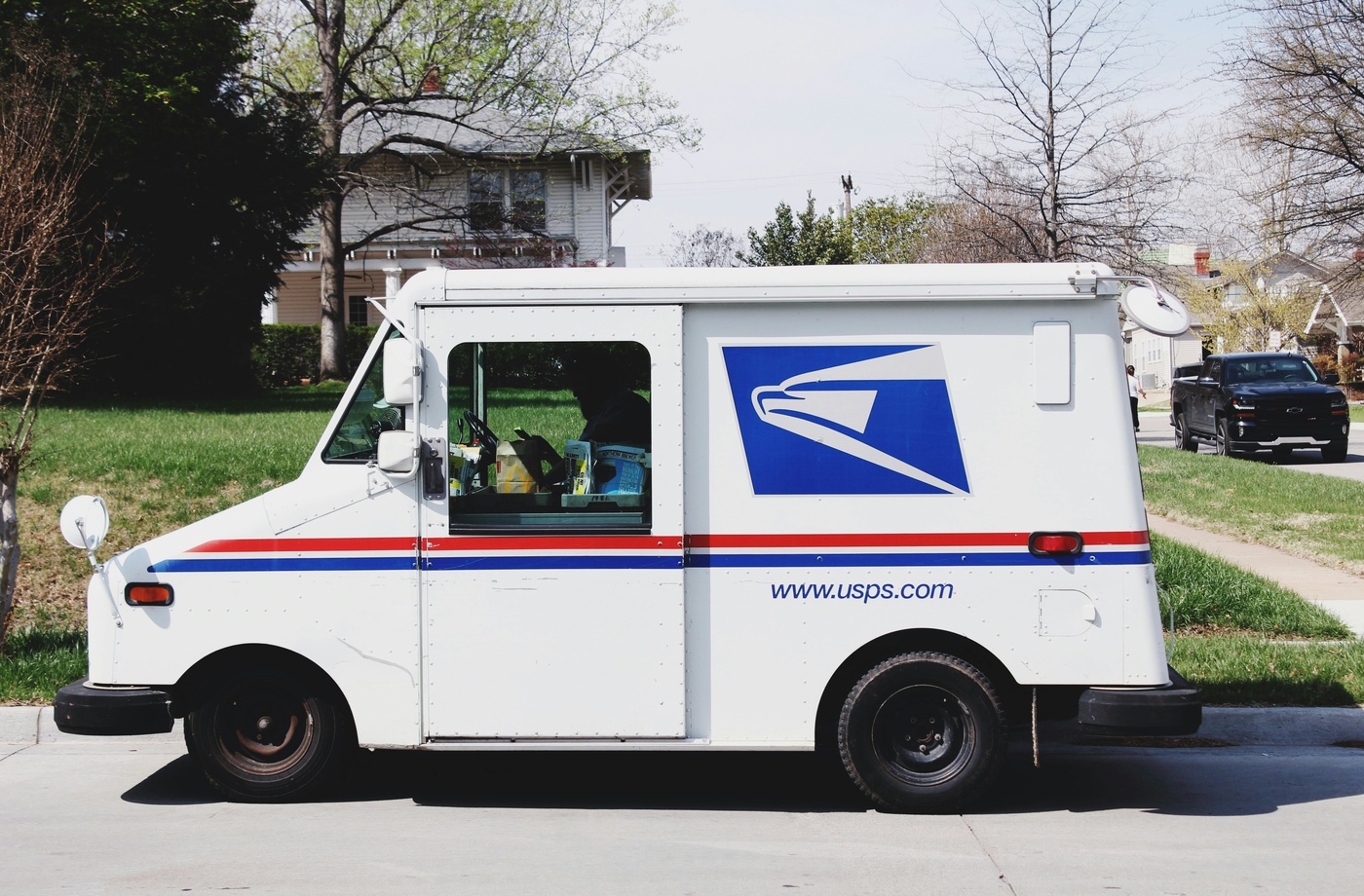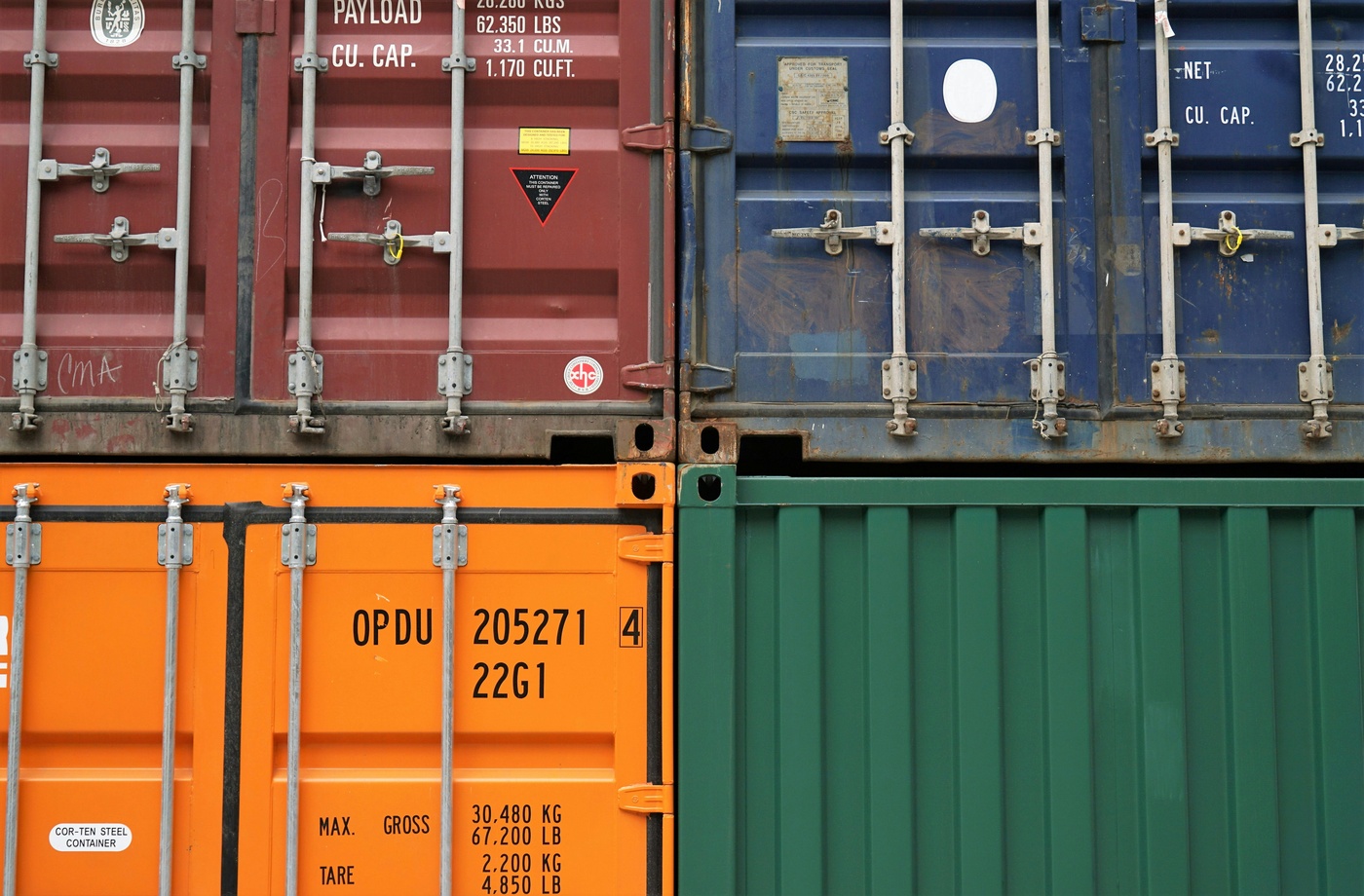Choosing between flat-rate and variable-rate shipping can have a major impact on your fulfillment costs, profit margins, and customer satisfaction. Both options have their advantages, but understanding when and how to use them is key to building a sustainable shipping strategy for your e-commerce or small business. Below, we’ll break down how each method works and when it’s best to use them.
- What Is Flat-Rate Shipping?
Flat-rate shipping offers a fixed cost to ship a package regardless of its weight (within limits) or destination. Carriers like USPS offer flat-rate services that simplify pricing and make budgeting more predictable. For example, USPS Priority Mail Flat Rate boxes allow you to ship up to 70 lbs within the U.S. for one flat fee, no matter how far it’s going.
Pros:
- Simple, predictable pricing
- Excellent for heavier packages
- Reduces the complexity of calculating shipping costs per order
Cons:
- Not cost-effective for lightweight or nearby shipments
- Limited flexibility on package size and weight
Best for:
- Businesses shipping heavy products over long distances
- Subscription boxes and bundles
- Sellers wanting to advertise “flat-rate shipping” to appeal to buyers
- What Is Variable-Rate Shipping?
Variable-rate shipping (also called real-time or calculated shipping) charges customers based on actual weight, dimensions, and shipping destination. Carriers like UPS, FedEx, and USPS all offer rate calculators that help determine precise pricing per package.
Pros:
- Customers pay closer to actual shipping cost
- Can offer savings on lightweight or local shipments
- Allows you to pass on shipping charges directly
Cons:
- Less predictable for budgeting
- Can be harder to communicate clearly to customers at checkout
Best for:
- Lightweight or small products
- Local or regional deliveries
- Businesses that want to offer real-time shipping quotes based on actual carrier rates
- How to Choose Between the Two
Choosing the right model depends on your product type, average order size, and customer base location. If your shipments are consistently heavy or going long distances, flat-rate shipping can offer substantial savings. On the other hand, if your packages vary in size and weight, or you cater to nearby customers, variable-rate shipping gives you more flexibility and often costs less.
Consider using shipping software like ShipStation, Easyship, or Shippo to compare rates in real time. Many platforms also allow you to offer both options at checkout, giving customers the power to choose speed vs. savings.
- Reducing Costs No Matter What You Choose
Regardless of which pricing model you adopt, you can save even more by earning cashback on shipping expenses. For example, you can earn cashback with a USPS gift card when purchasing through Fluz, allowing you to offset shipping costs whether you’re using flat-rate boxes or standard postage. - Communicate Clearly With Customers
Shipping surprises lead to cart abandonment. Be upfront about your pricing—whether it’s a fixed rate, free shipping threshold, or live rate from carriers. Clear, transparent shipping policies build trust and encourage more completed checkouts.
Ultimately, the best approach may involve a combination of both methods. With smart rate comparisons, cashback tools like Fluz, and ongoing data analysis, you can build a hybrid strategy that maximizes both profitability and customer satisfaction.



